Solar storm watch: X-class solar flare impacts Earth, causing radio blackout over Pacific Ocean
NOAA forecasters have revealed that an X-class solar flare struck Earth yesterday, March 28, following which a radio blackout over the Pacific Ocean was observed. Know the details of this solar storm.
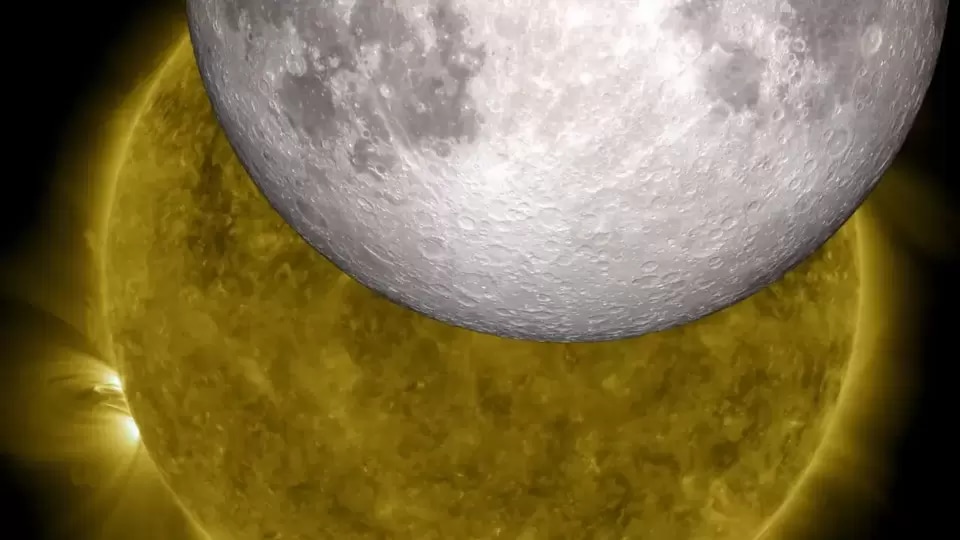
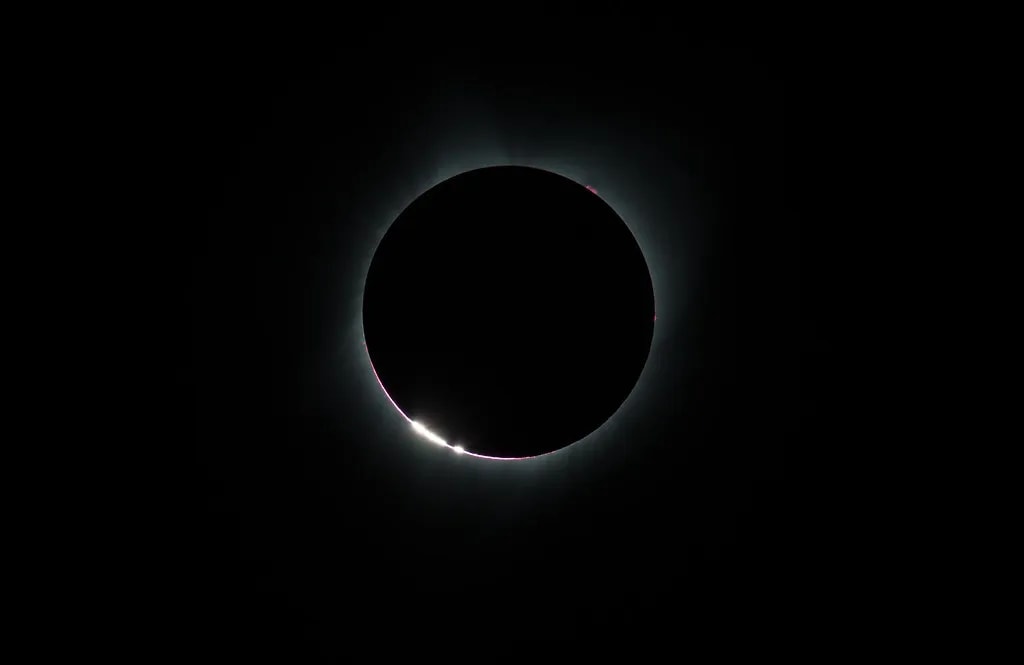
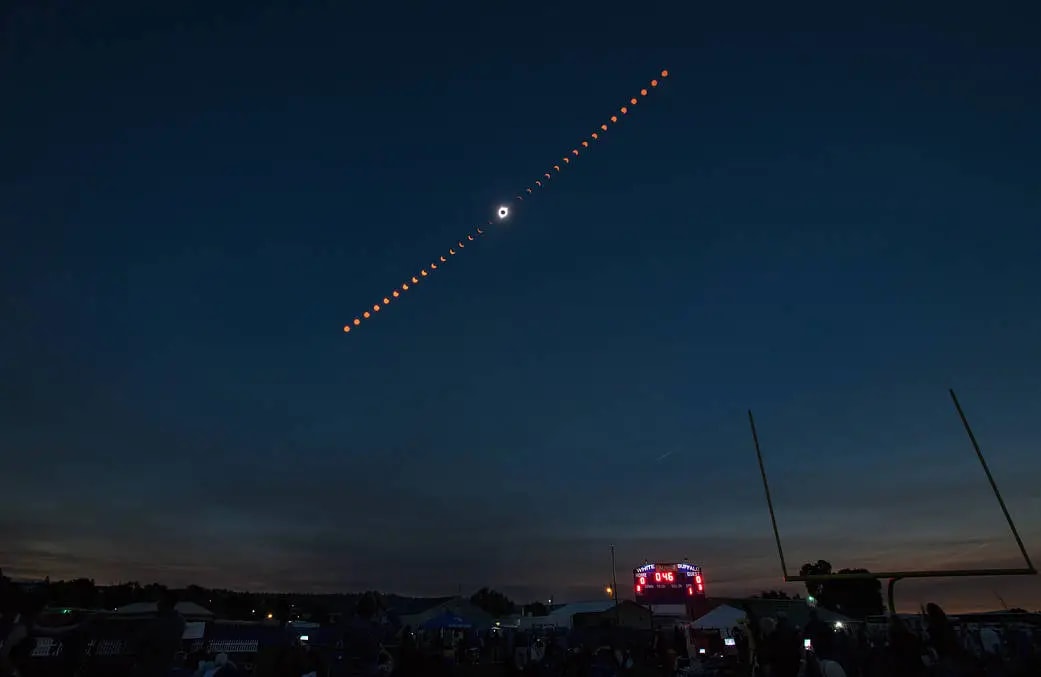

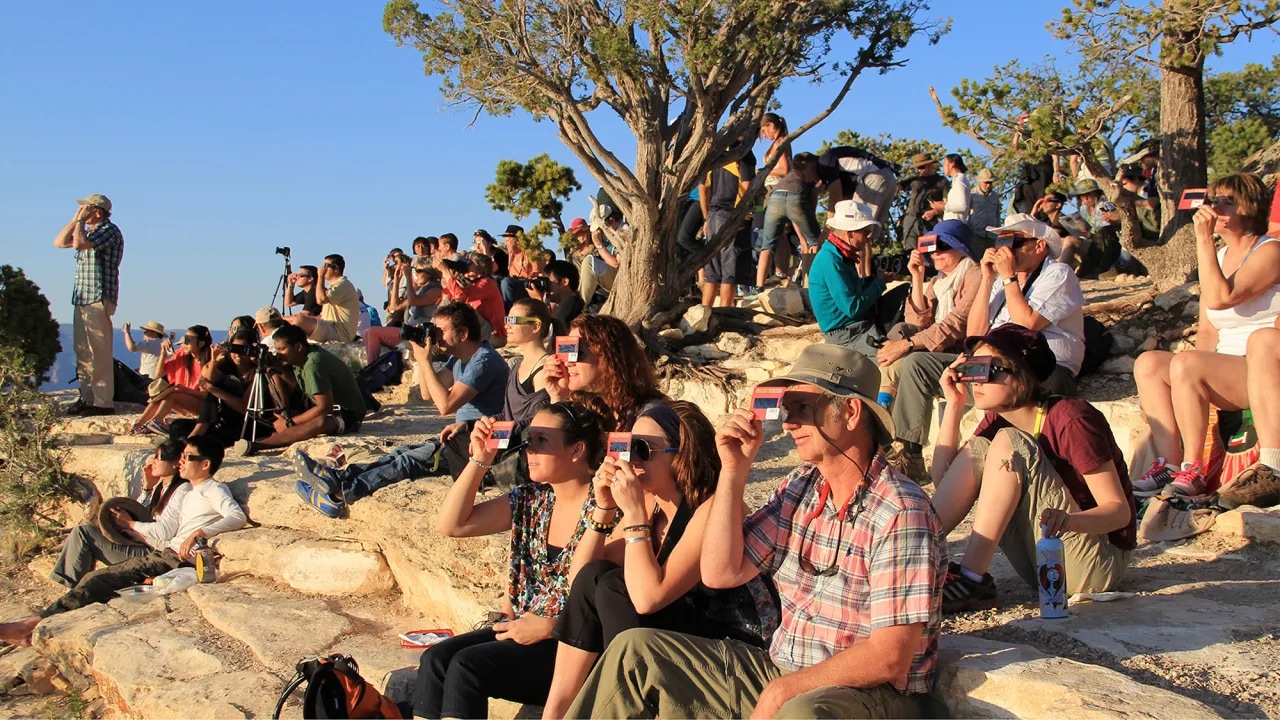
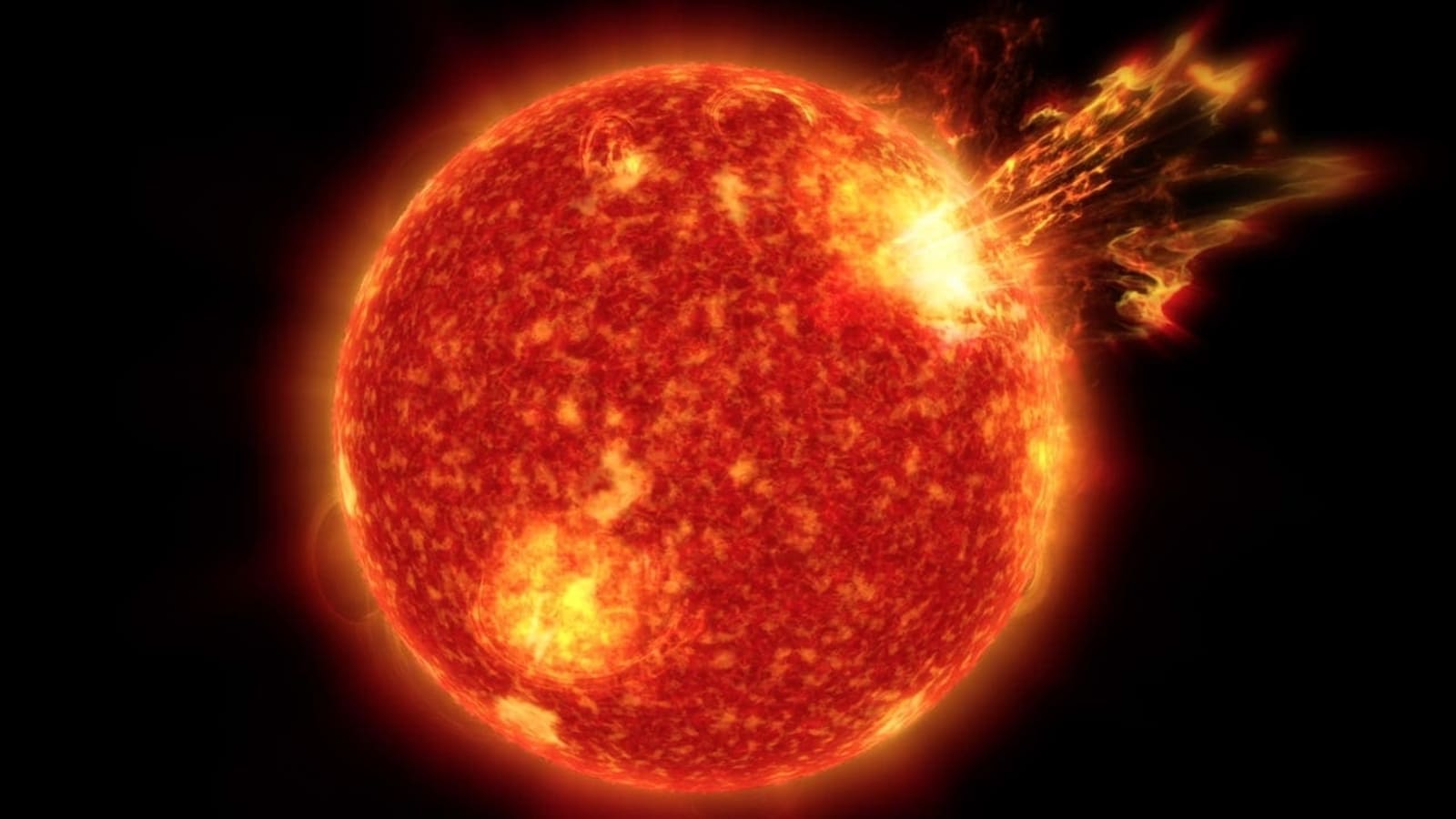
 View all Images
View all ImagesIn the last few days, there has been a growing danger of a geomagnetic storm impacting Earth. This development comes just days after the strongest solar storm since 2017 struck the planet, causing a 9-hour-long geomagnetic storm. The Sun has turned volatile in the last few months due to the approaching peak of solar cycle 25. As the peak arrives, solar phenomena such as solar particles, CMEs, solar flares, solar storms and geomagnetic storms are expected to increase both in frequency and severity. Now, NASA, keeping a solar storm watch, has revealed that a solar flare struck Earth recently, causing a radio blackout in the process.
Also Read: 6 essential precautions for total solar eclipse 2024
X-class solar flare threat
According to forecasters at the National Oceanic and Atmospheric Administration (NOAA), an X-class solar flare was hurled out by the Sun by sunspot AR3615. This flare struck Earth, ionizing the top of its atmosphere. Consequently, a shortwave radio blackout was observed over the Pacific Ocean on March 28.
Following this solar flare threat, a CME is also reported to be emerging from the same site from which the X-class solar flares were hurled out. NOAA forecasters are reported to be modelling this data to predict a potential solar storm.
The report states, “Yesterday, giant sunspot AR3615 produced another X1-class solar flare. The explosion on March 28th at 2053 UT ionized the top of Earth's atmosphere and caused a deep shortwave radio blackout over the Pacific Ocean: map. Of greater interest is a CME emerging from the blast site. NOAA analysts are modeling the CME to check for a possible Earth-directed component.”
Also Read: Effects of solar storm - Know the danger
Rise in solar activity
This solar flare impact occurred at a time when the Russell-McPherron effect is currently in play due to the Vernal Equinox. This effect causes cracks in the Earth's magnetic field, allowing even weak solar winds to seep through. But why does it occur? According to NASA, this happens due to the This is due to a semiannual variation in the effective southward component of the interplanetary field. Thus, solar storms are more frequently observed during this period.
One more thing! We are now on WhatsApp Channels! Follow us there so you never miss any updates from the world of technology. To follow the HT Tech channel on WhatsApp, click here to join now!
Catch all the Latest Tech News, Mobile News, Laptop News, Gaming news, Wearables News , How To News, also keep up with us on Whatsapp channel,Twitter, Facebook, Google News, and Instagram. For our latest videos, subscribe to our YouTube channel.
































